Planning Pays Off: 5 Strategies to Get the Most Out of Your Delivery Speed Choice
November 10, 2024
5 min read
Understanding Reverse Logistics
Reverse logistics, also known as returns management, is the movement of products from the customer back to the seller or manufacturer.
In general, reverse logistics in eCommerce shipping India are a very complex set of actions that require proper planning and execution so as not to incur unnecessary costs and maximize efficiency.
This is an integral part of a supply chain, especially for eCommerce companies, who spend much time dealing with returns, with 30% of online orders getting returned on average.
We will look closely into reverse eCommerce logistics, its relevance, and best practices in the management of return flows.
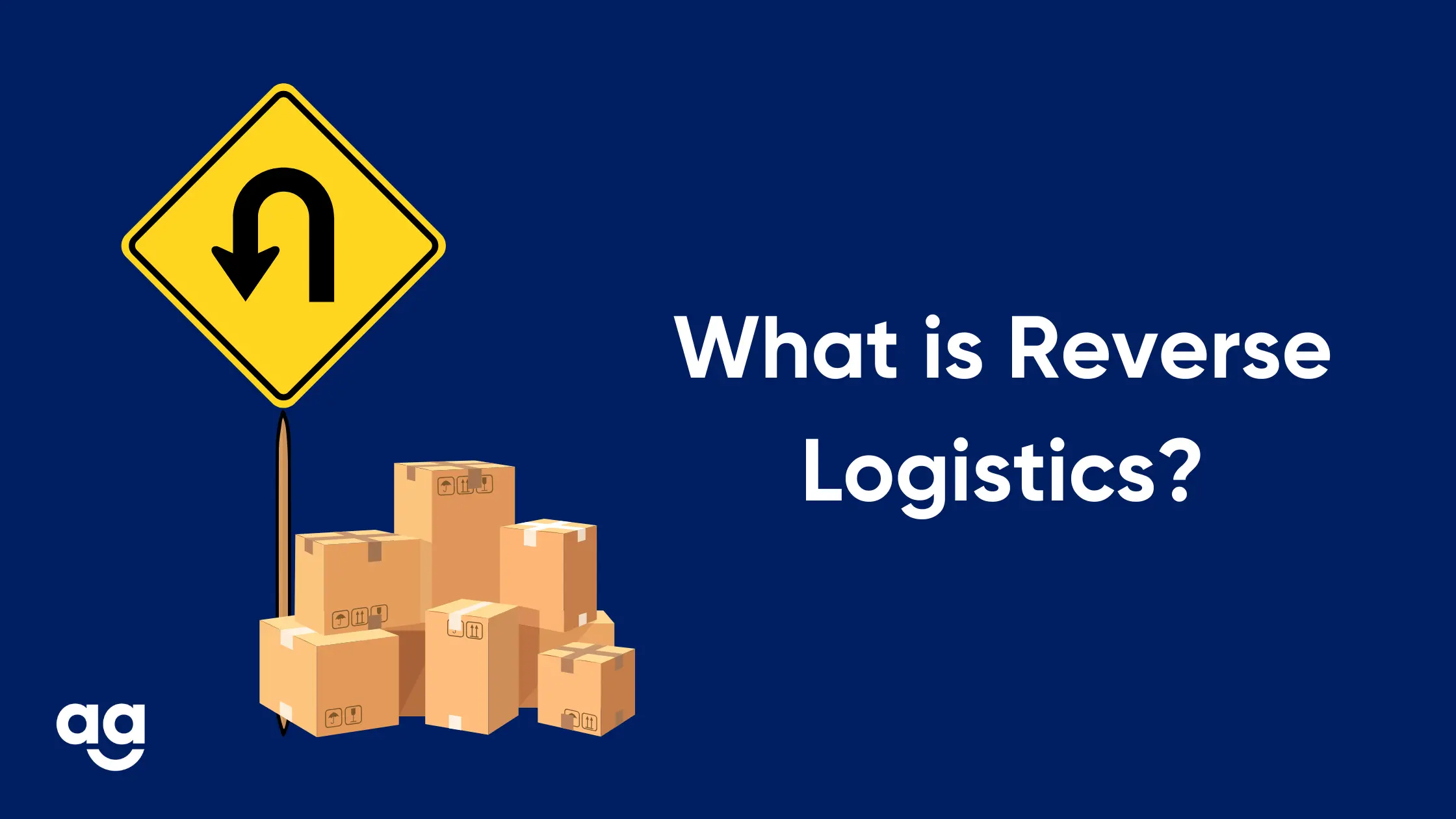
Importance of Reverse Logistics
Reverse logistics can be defined as the activity and process of moving products and materials from a customer back to the seller or manufacturer. Such actions include returns, repairs, recycling, and refurbishing.
Good reverse logistics can help save businesses money, increase customer satisfaction, and make a smaller environmental footprint.
Customer Satisfaction: Better reverse logistics will ensure more satisfaction from customers. Readily available returns will increase the goodwill of a brand and help in repeated purchases.
Cost Savings: Proper returns management decreases the return cost, repair cost, and proper disposal cost.
Ecological Sustainability: Therefore, sustainable practices of reverse eCommerce logistics are going to be beneficial for a business to reduce their environment-related impact and allow a clean earth.
Regulatory Compliance: With stringent returns and disposal regulatory restrictions in many regions, organizations are being compelled to comply with most regulations. Reverse logistics can also ensure such compliance.
Key Elements of Reverse Logistics
Reverse logistics is comprised of a host of key activities that ensure timely and efficient backflow of products from the customer to the supplier. It is the integration of components that will result in a smooth and sustainable reverse logistics process through the following:
Returns Process: Establish clear requirements and processes for customers to initiate a return. Ensure simple and easy-to-follow instructions and use return labels.
Inspection and Evaluation: Accept returns, examine for damage, defects, or even abuse. Assess the condition of the product in order to determine what to do.
Disposal of Returns: Depending on whether the item should be repaired, refurbished, recycled, or discarded returned goods.
Refunds and Replacements: The replacement refund will take place in time as per your return policy. Inform customers about every step of the process.
Best Practices for Reverse Logistics
To optimize the reverse logistics and satisfy customers, best practices are very much required for the optimization of the process, minimizing losses, and reducing adverse environmental impacts. You will notice that with these guidelines, it is very easy to create a strong reverse logistics system essential for creating the best eCommerce shipping solutions that not just work but do so in an efficient manner:
Clear Return Policy: Highlight your return policy clearly on your website as well as on your order confirmation emails. Let the customer know about return windows, shipping costs, or any eligibility criteria if required.
Easy Return Portal: Provide an online portal or mobile app from which a customer can initiate their return requests and track the status of their returns.
Efficient Inspection Process: Develop processes to ensure returns are inspected quickly without increasing costs for processing.
Reverse Logistics Solutions: Invest in reverse logistics software solutions to streamline and automate reverse logistics processes.
Carrier Partnerships: Leverage shipping carrier relationships to negotiate preferable return rates and get pickups on time.
E-commerce Logistics Solutions: A Crucial Factor
Efficient eCommerce logistics solutions are essential for managing both forward and reverse logistics.
Consider the following factors for eCommerce shipping services:
Warehouse Management Systems: WMSs should be implemented to track inventory, returns, and efficiency in the warehouse.
Transportation Management System: Use a TMS to plan and execute all movements for both incoming and outgoing shipments.
Reverse Logistics Software: Invest in customized software that can make return processing possible from` customer notification of the disposition of products.
Choose Effortless Reverse Logistics Today
Reverse logistics is an integral part of the eCommerce shipping practice. Its importance and the constituent elements of the same can help businesses from different walks of life and sectors improve customer satisfaction, reduce cost, and contribute towards environmental sustainability.
Invest in Shipyaari’s excellent e-commerce logistics and raise your overall business performance and reputation with great customer service. The brand ships to 29,000+ pin codes with its automated and simplified shipping solutions.
Want to know more? Sign up at Shipyaari today!
Frequently Asked Questions
Reverse logistics aids in achieving higher customer satisfaction, environmental sustainability, cost-cutting, and competitive advantage.
Returns management, product recalls, warranty repairs, and end-of-life product management are the main constituents.
Implement clear return policies and handle returns in a user-friendly manner, keeping track and analyzing data, and partnering with reliable logistics providers.
Reverse logistics would ensure that customer satisfaction levels improve through hassle-free and timely returns and exchanges.
Suggested Reads
Hyperlocal Personalization: Tailoring Experiences for Local Customers
Introduction The eCommerce industry in India has witnessed a rapid growth of hyperlocal services in
Continue ReadingDec
How Can Box Size and Sustainability Cut Waste in Hyperlocal Deliveries?
Introduction Sustainability is more than just a trendy word in today’s logistics industry; it’s a
Continue ReadingNov





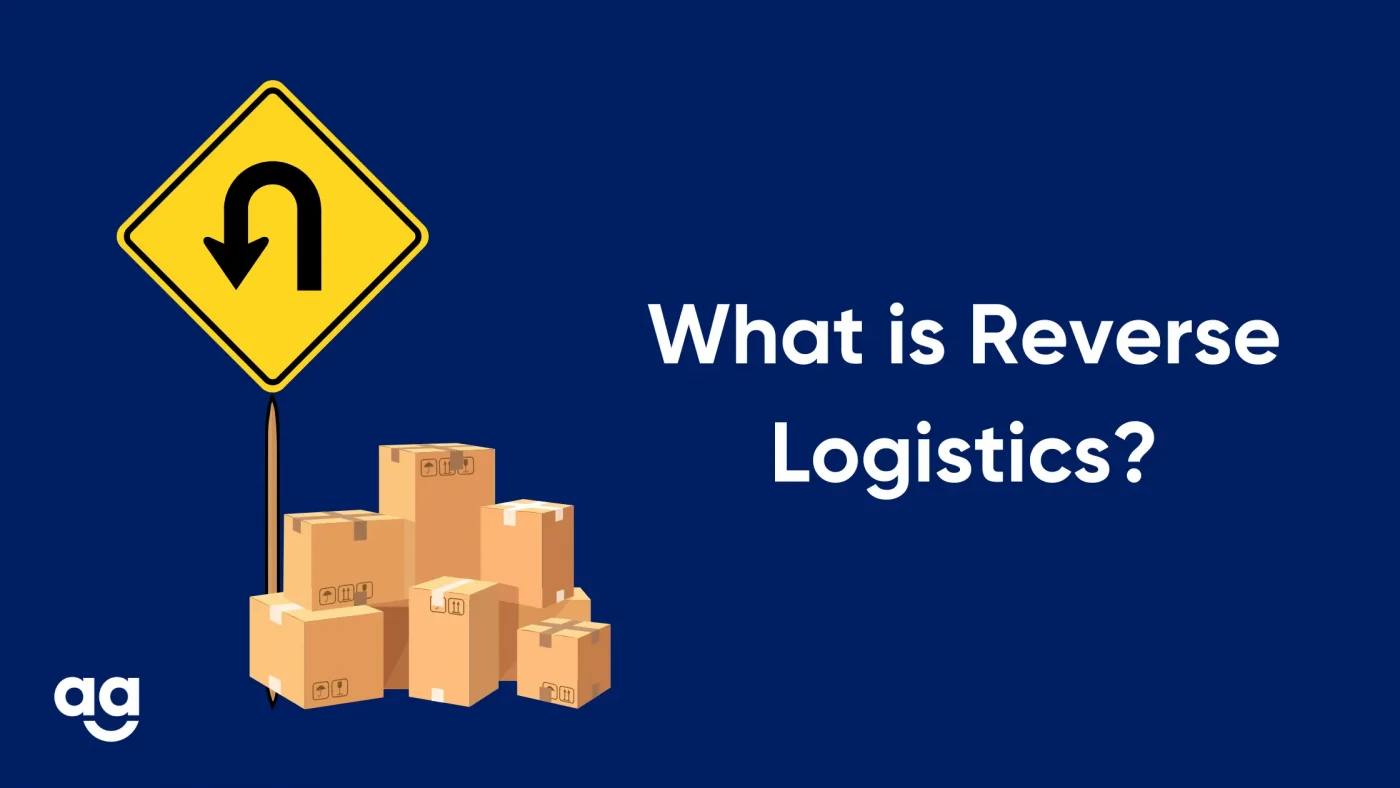


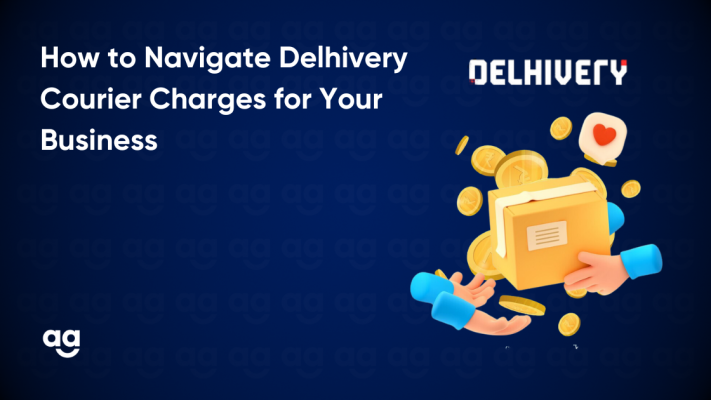
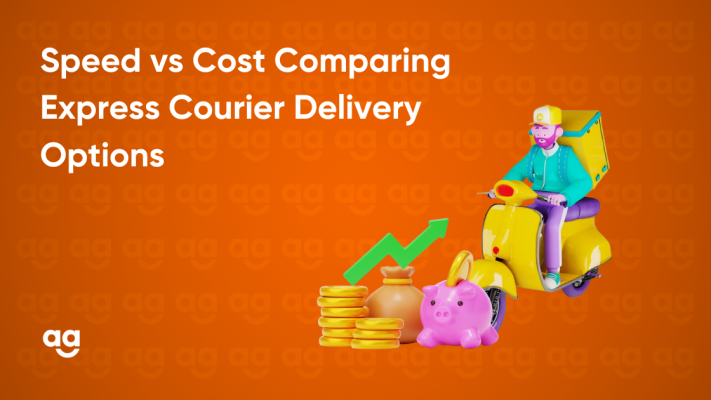
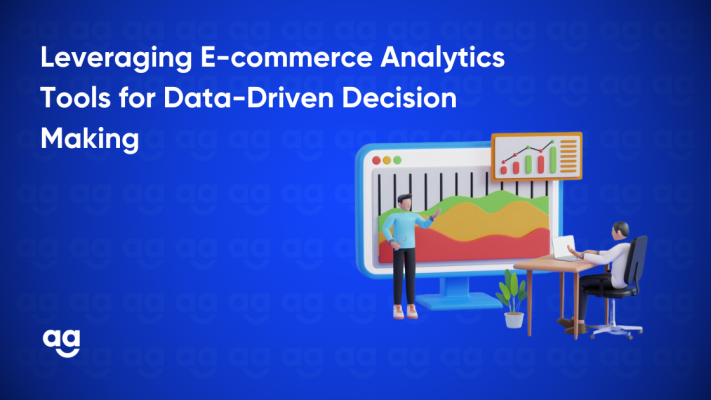
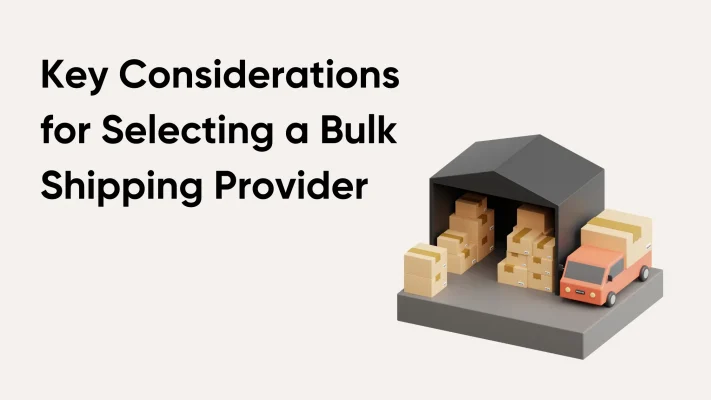
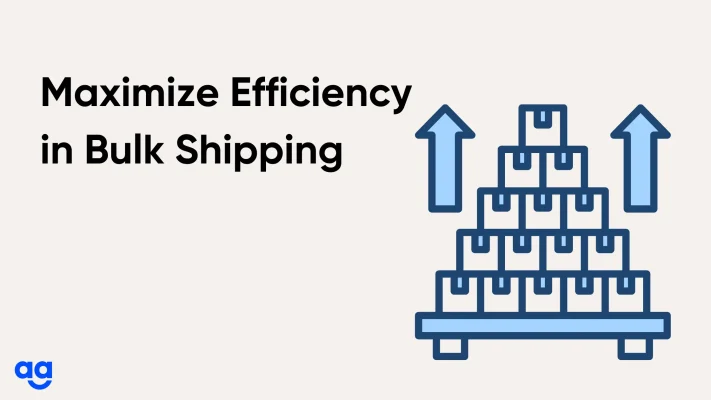
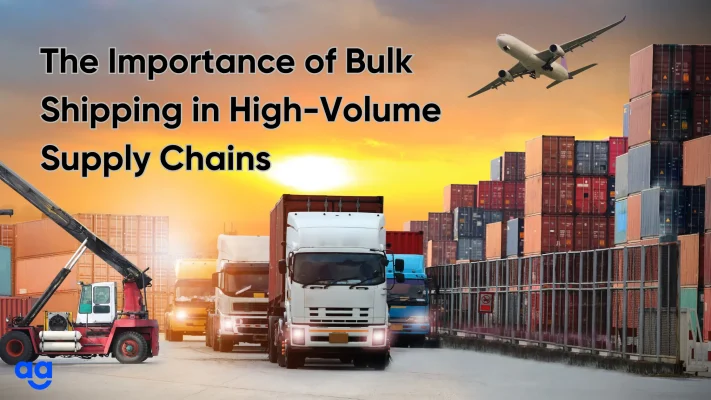

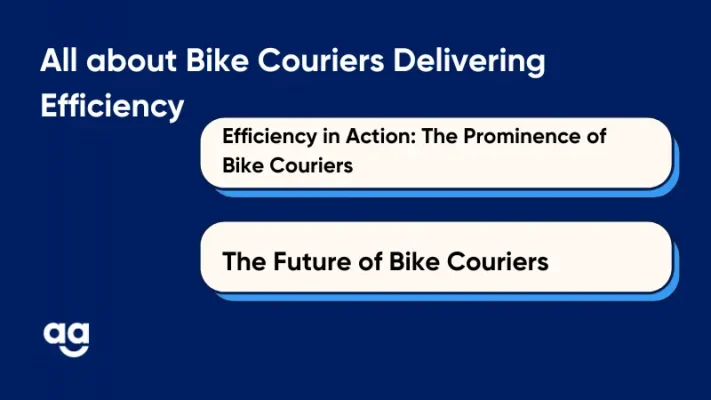
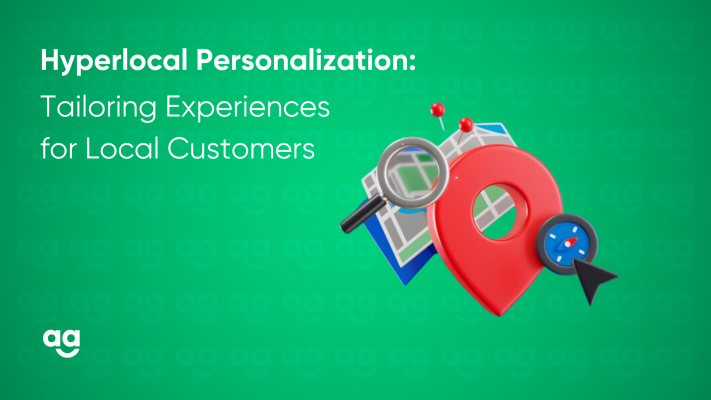
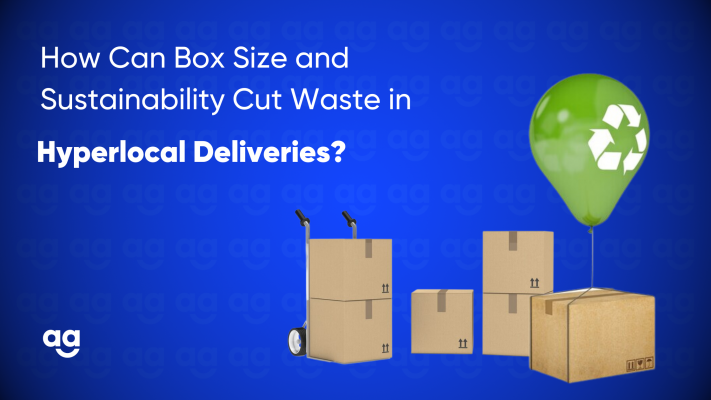
 Shipping
Shipping





